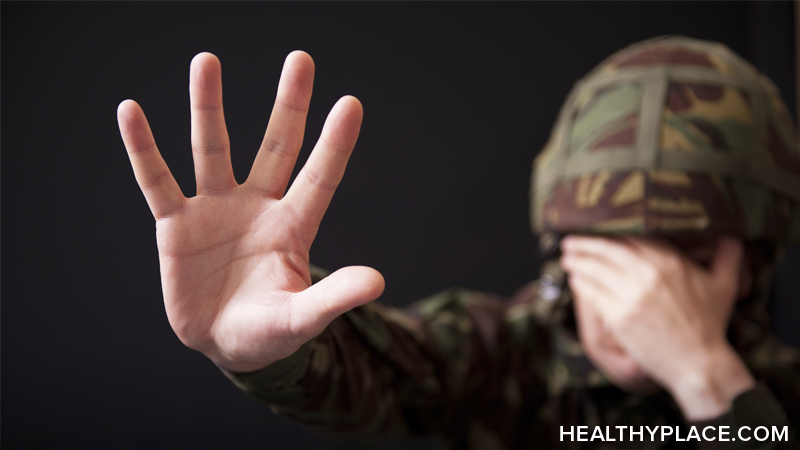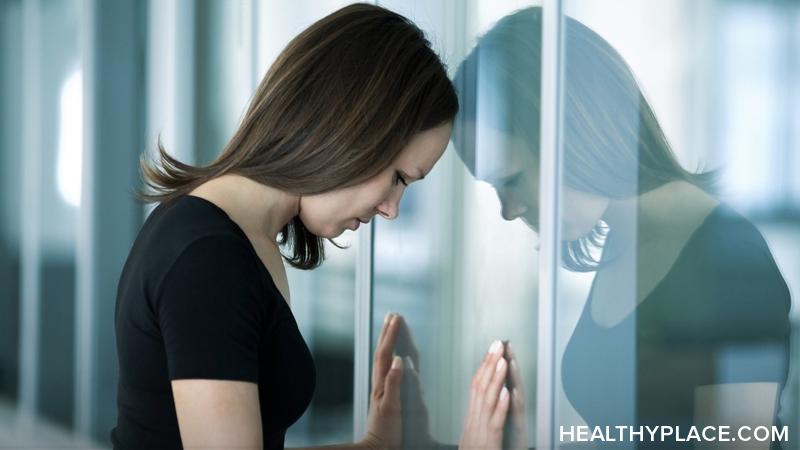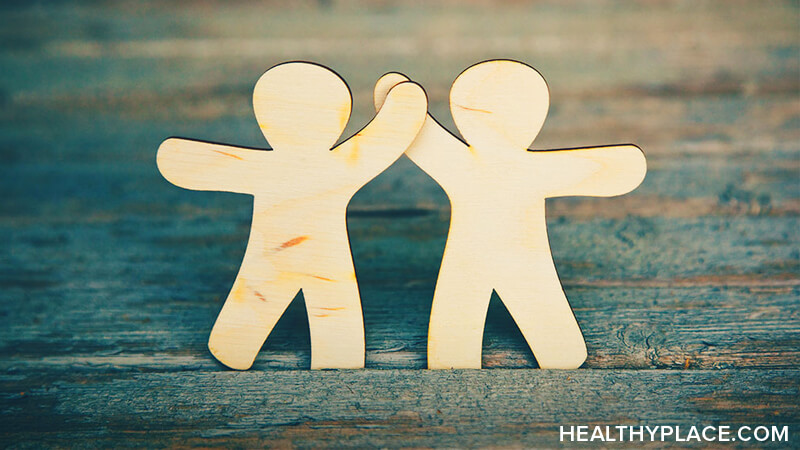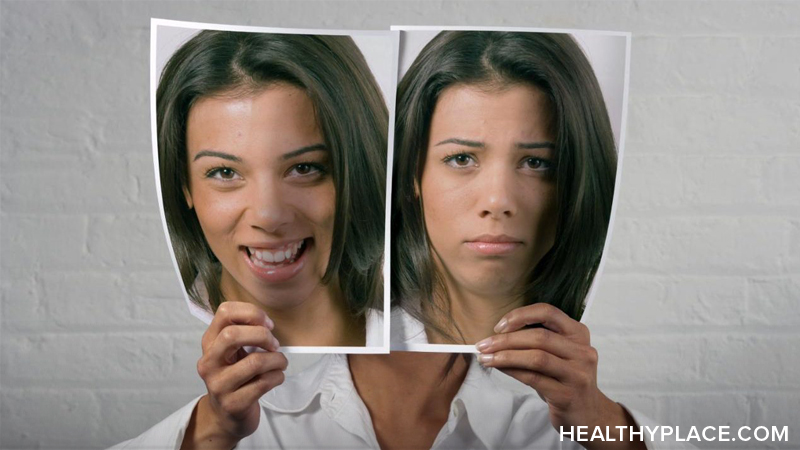What Is Complex PTSD (C-PTSD)?

Complex posttraumatic stress disorder (C-PTSD) is a diagnosis not found in the Diagnostic and Statistical Manual of Mental Disorders, Fifth Edition (which defines all recognized mental illnesses), but, rather, one that has been proposed and one that denotes a certain type of PTSD. C-PTSD has been proposed as a diagnosis for a form of PTSD that occurs when a trauma is repeated or ongoing such as in the case of a prisoner of war or someone trapped in a sexual exploitation ring (PTSD in Rape and Abuse Victims). This form of PTSD contains the symptoms of standard PTSD in the DSM-5 but additional ones as well.
Another name sometimes used to describe this is “disorders of extreme stress not otherwise specified” (DESNOS) or “developmental trauma disorder” when the chronic trauma is experienced by adolescents and children with PTSD.
Complex PTSD (C-PTSD) Symptoms
About 92% of people with C-PTSD also meet the criteria for a PTSD diagnosis. This means that those with C-PTSD experience the usual physical and emotional effects of PTSD like:
- re-experiencing of the traumatic event (flashbacks)
- nightmares
- increased response when startled
- avoidance of things that remind the person of the trauma
- irritability or angry outbursts
and other symptoms of standard PTSD. On top of this, people with C-PTSD also experience these C-PTSD symptoms, specific to this condition:
- Difficulty in emotional regulation – may include persistent sadness, suicidal thoughts, explosive or inhibited anger.
- Difficulty in cognitive awareness – may include forgetting the trauma, reliving the trauma or having episodes of dissociation (where person feels disconnected from the self or from the world around him or her).
- Difficulties in how one views oneself – this may include feelings of helplessness, shame, guilt, stigma and a sense of not being like other people.
- Having distorted views of the perpetrator of the trauma – examples of this include attributing total power to the perpetrator, becoming preoccupied with the relationship with the perpetrator or becoming preoccupied with revenge (PTSD From Domestic Violence, Emotional Abuse, Childhood Abuse).
- Difficulties in relationships – this may include isolation, distrust or a repeated search for a rescuer.
- Negative changes in one’s beliefs – such as a loss of faith or a sense of hopelessness and despair.
Complicating correct diagnosis is that complex PTSD symptoms may be misread by doctors leading to an incorrect diagnosis such as that of borderline personality disorder. Also, the jury is still out on whether long-term use of marijuana for PTSD helps or hurts the patient. However, marijuana use over time mimics some of the C-PTSD symptoms described above.
Complex PTSD Treatment
While C-PTSD can be a severe and debilitating disorder, C-PTSD treatments do exist and are effective. Primarily, the same treatments that are used with standard PTSD also help people with C-PTSD. These treatments and PTSD therapies include:
- Various PTSD medications to treat symptoms
- Exposure therapy
- Cognitive behavioral therapy
- Eye movement desensitization and reprocessing (EMDR) therapy
A combination of the above may be best for those with C-PTSD. Animals can be helpful too, so check into the possibility of having a PTSD service dog, too.
However, additional therapy such as traditional psychotherapy may also be needed to work through the specific C-PTSD symptoms noted above and to address interpersonal difficulties.
Dr. Judith Herman of Harvard University, a C-PTSD expert, states that:
. . . recovery from Complex PTSD requires restoration of control and power for the traumatized person. Survivors can become empowered by healing relationships which create safety, allow for remembrance and mourning, and promote reconnection with everyday life.
While C-PTSD treatment can be challenging, it is worthwhile as it is through these therapies that C-PTSD recovery is possible.
APA Reference
Tracy, N.
(2021, December 28). What Is Complex PTSD (C-PTSD)?, HealthyPlace. Retrieved
on 2025, April 30 from https://www.healthyplace.com/ptsd-and-stress-disorders/ptsd/what-is-complex-ptsd-c-ptsd








